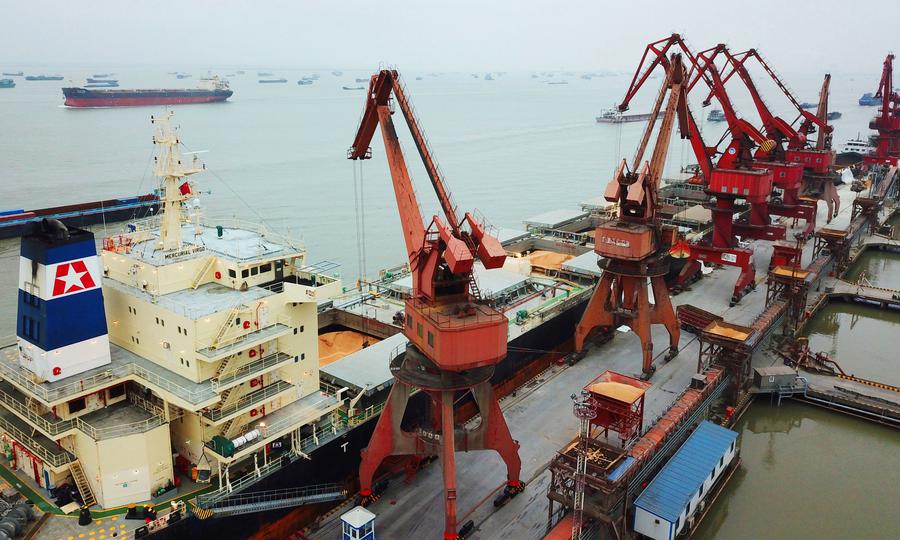(ATF) After turning from a net soybean exporter to the largest importer, China’s demand for imported soybeans is still increasing daily. Record breaking floods and bad weather damaged both harvests this year. Amid fears of food shortages, Chinese President Xi told the people to tighten their belts.
Since August, the number of US-produced soybeans in China booked for the year (Sept 2020-August 2021) has increased sharply – as of September 15, it reached 9.89 million tons, an increase of 2.2 times year-on-year, according to Golden Data analysts.
Reservations for August totalled 3.27 million tons and reached 2.07 million tons in early September.
In addition, due to rising profit margins earlier this year, Chinese buyers imported 8.15 million tons of soybeans from Brazil in August, an increase of 22% from the same period last year.
Relevant representatives from China’s Ministry of Agriculture also noted that in recent years the country’s annual grain imports are roughly 100 million tons, with soybean imports of 80 to 90 million tons, accounting for more than 80% of imports.
Soybean production is insufficient, and the gap between production and demand has been increasing year by year.
So, it is expected that China’s soybean imports will increase in volume and price in the second half of the year.
But with China in a trade war with the US, having to rely on US soybeans is a bitter pill to swallow for some hardliners in the government.
Beijing’s bid to diversify supply
They have announced a soybean revitalization plan – part of China’s efforts to seek diversified soybean supply.
Judging from the “Agricultural Outlook Report 2020-2029” issued by the Ministry of Agriculture earlier this year, China’s revitalization plan is moving towards the goal of 140 million mu – a mu is a Chinese unit of land measurement that varies with location but is commonly 807 square yards, 0.165 acre or 666.5 square metres.
But let’s not forget the ‘once-in-a-century’ flooding that ruined vast areas of crops just a few months back – in the south, southwest, the Yangtze River basin and northeast.
It would seem that national planners have not been able to overcome the disastrous impacts of climate change, which devastated this year’s crop.
If Beijing really wants to remedy its agricultural dilemma, it needs to ponder the causes of the wet weather crises destroying the work of its farmers – shut its coal power plants – and stop building new ones.
























